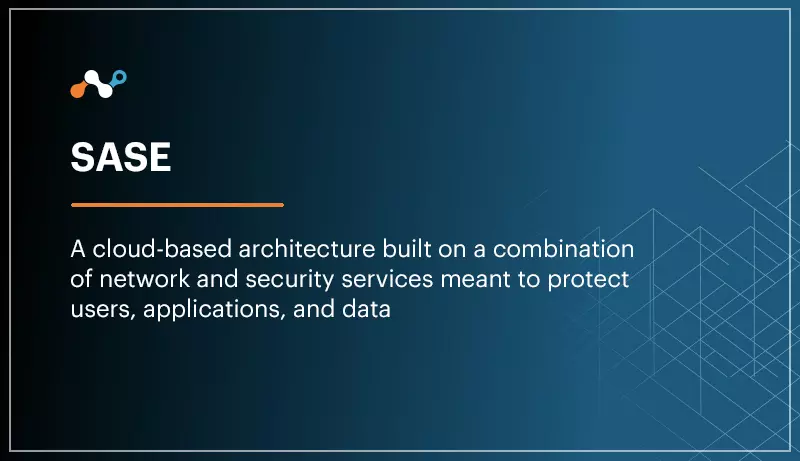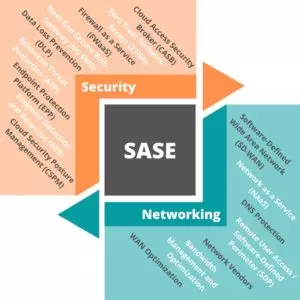Secure Access Service Edge (SASE), pronounced “sassy,” is a cloud-based architecture that delivers network and security services meant to protect users, applications, and data.
This term was coined by Gartner in 2019 and has quickly risen through the ranks to become one of the top aspirational security concepts of the current decade so far. Given that many users and applications no longer live and operate on a corporate network, access and security measures can’t depend on conventional hardware appliances in the corporate datacenter.
SASE security promises to deliver the necessary networking and security capabilities in the form of cloud-delivered services. Done properly, a SASE model eliminates perimeter-based appliances and legacy solutions. Instead of delivering the traffic to an appliance for security, users connect to the SASE cloud service to safely access and use web services, applications, and data with the consistent enforcement of security policy.
Where is the “edge” in Secure Access Service Edge?
The “edge” in SASE refers to the cloud provider’s global systems that exist on their hardware (data centers and devices). Users access cloud services by logging in and authenticating their identities, from any location, and are passed through this “edge” into the cloud environment.

White Paper: SASE and the Seven Forces Shaping Security Transformation
Blog: A CISOs View of SASE




 Back
Back





















 Read the blog
Read the blog
